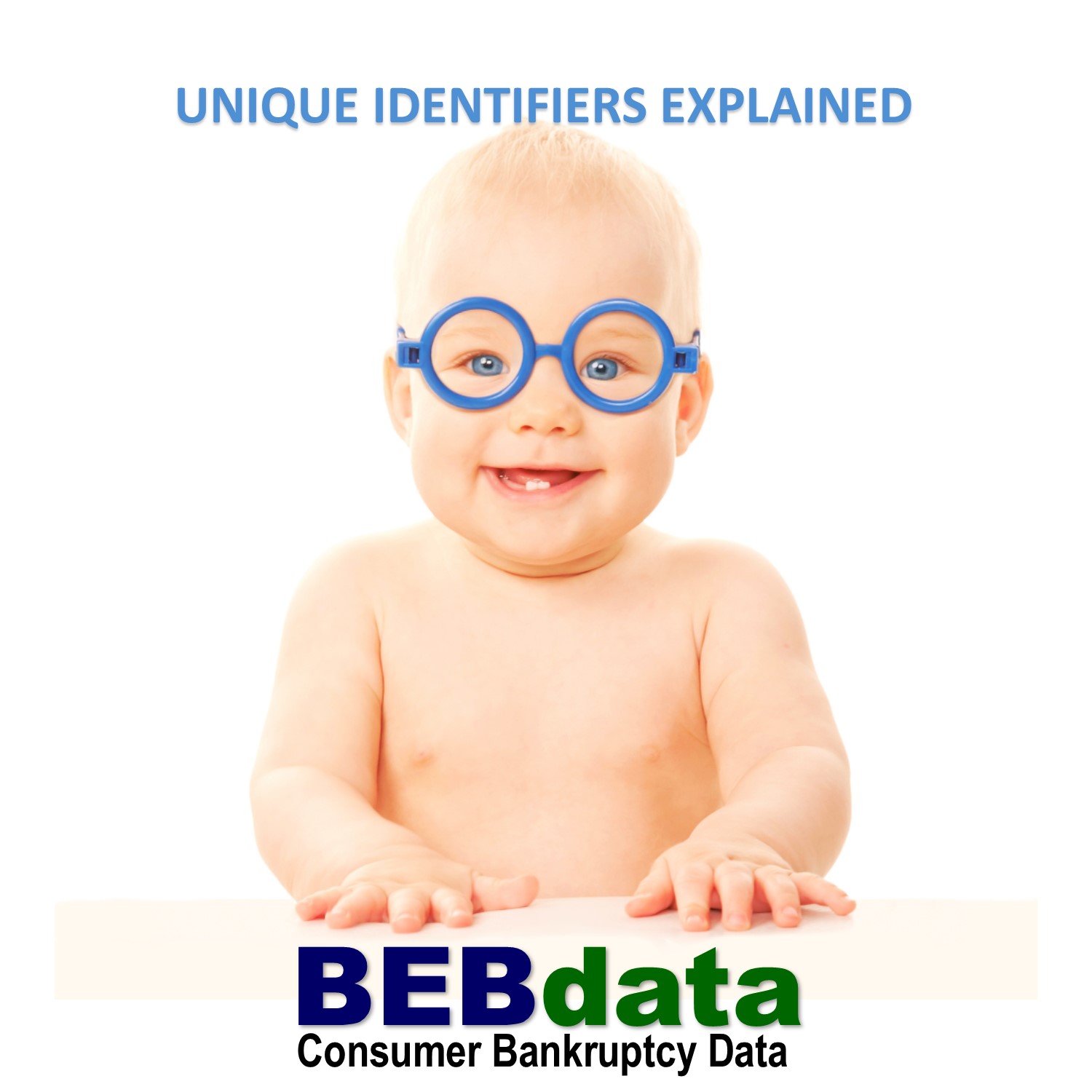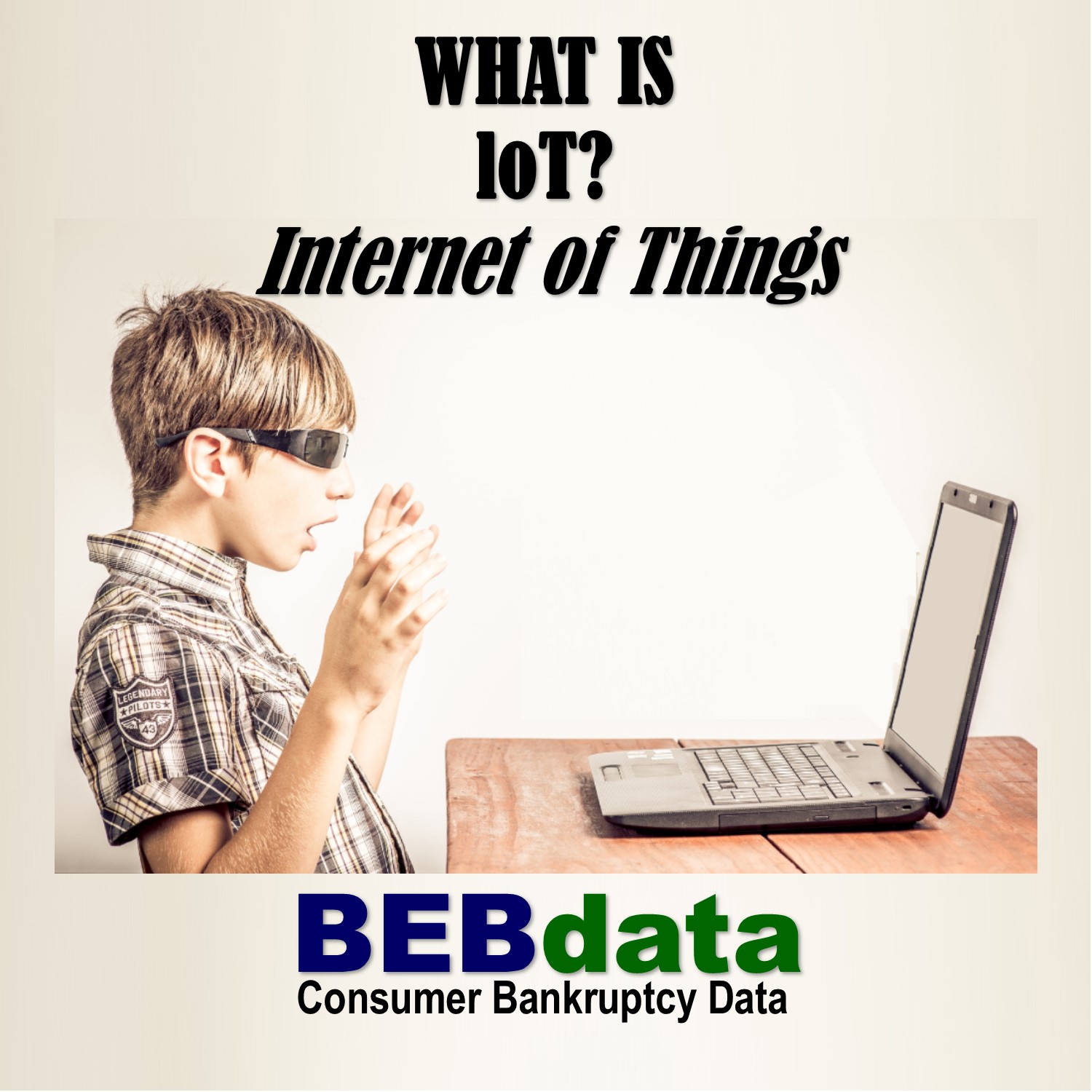 A Forrester Research Report released in November, gave some Big Data Predictions for 2018. 25% of Enterprises will supplement point-and-click analytics with conversational interfaces. Querying data using natural language and delivering resulting visualizations in real time will become standard features of analytical applications.
A Forrester Research Report released in November, gave some Big Data Predictions for 2018. 25% of Enterprises will supplement point-and-click analytics with conversational interfaces. Querying data using natural language and delivering resulting visualizations in real time will become standard features of analytical applications.
Tag Archives: data
UID’s Explained
 A unique identifier (UID) is a numeric or alphanumeric string that is associated with a single entity within a given system. UIDs make it possible to address that entity, so that it can be accessed and interacted with.
A unique identifier (UID) is a numeric or alphanumeric string that is associated with a single entity within a given system. UIDs make it possible to address that entity, so that it can be accessed and interacted with.
Examples of Unique Identifiers:
URI-Uniform Resource Identifier is a unique identifier that makes content addressable on the Internet by uniquely targeting items, such as text, video, images and applications.
URL-Uniform Resource Locator is a particular type of URI that targets Web pages so that when a browser requests them, they can be found and served to users.
UUID-Universal Unique Identifier is a 128-bit number used to uniquely identify some object or entity on the Internet.
GUID-Global Unique Identifier is a number that Microsoft programming generates to create a unique identity for an entity such as a Word document.
UDID-Unique Device Identifier is a 40-character string assigned to certain Apple devices including the iPhone, iPad, and iPod Touch.
IoT, What Does it Mean?
 The Internet of Things (IoT) is a system of interrelated computing devices, mechanical and digital machines, objects, animals or people that are provided with unique identifiers and the ability to transfer data over a network without requiring human-to-human or human-to-computer interaction.
The Internet of Things (IoT) is a system of interrelated computing devices, mechanical and digital machines, objects, animals or people that are provided with unique identifiers and the ability to transfer data over a network without requiring human-to-human or human-to-computer interaction.
A Thing can be any natural or man-made object that is assigned an IP address and can transfer data over a network. A dog that has a microchip implanted or a car that has built-in sensors to alert the driver when a car is too close to stop safely are good examples of a “thing” in the Internet of Things.
IoT has evolved from the convergence of wireless technologies, micro-electromechanical systems (MEMS), microservices and the internet. The convergence has helped tear down the silo walls between operational technology (OT) and information technology (IT), allowing unstructured machine-generated data to be analyzed for insights that will drive improvements.
Chapter 7 Filings Ebb & Flow
Though overall down by 8.2% for the year compared to last year; the Chapter 7 filings ebb and flow by week are very similiar from 2012 to 2013. You can run your own statistics by using our robust Resource Center. Click here to check it out!

Please note: Our data is based on one per household, excludes multiple filings and has been cleansed to postal specificiations.
